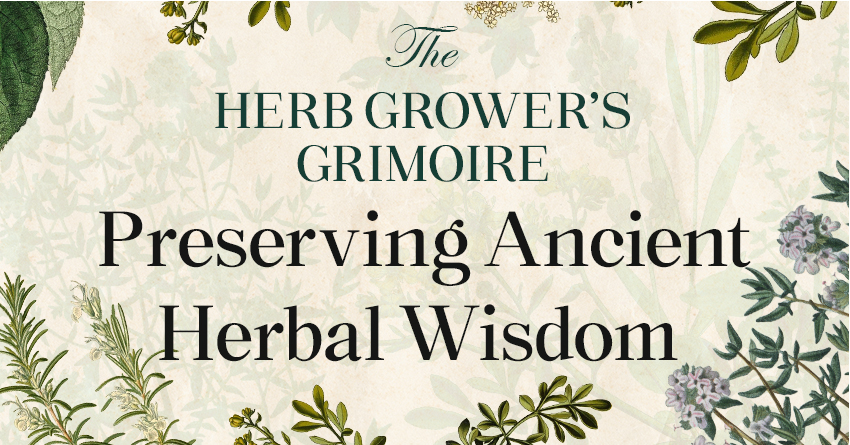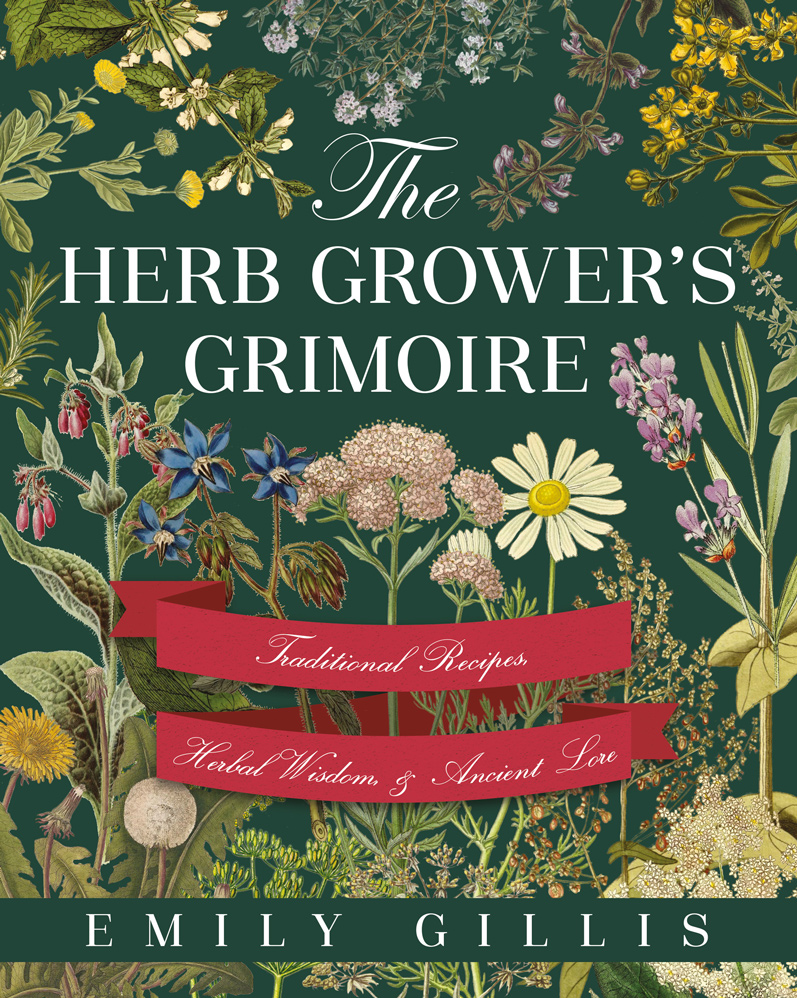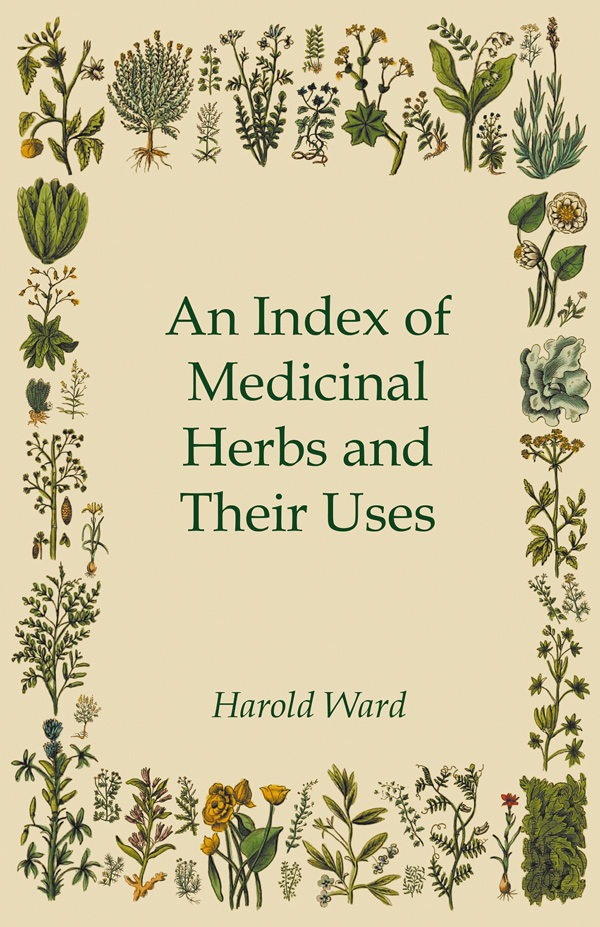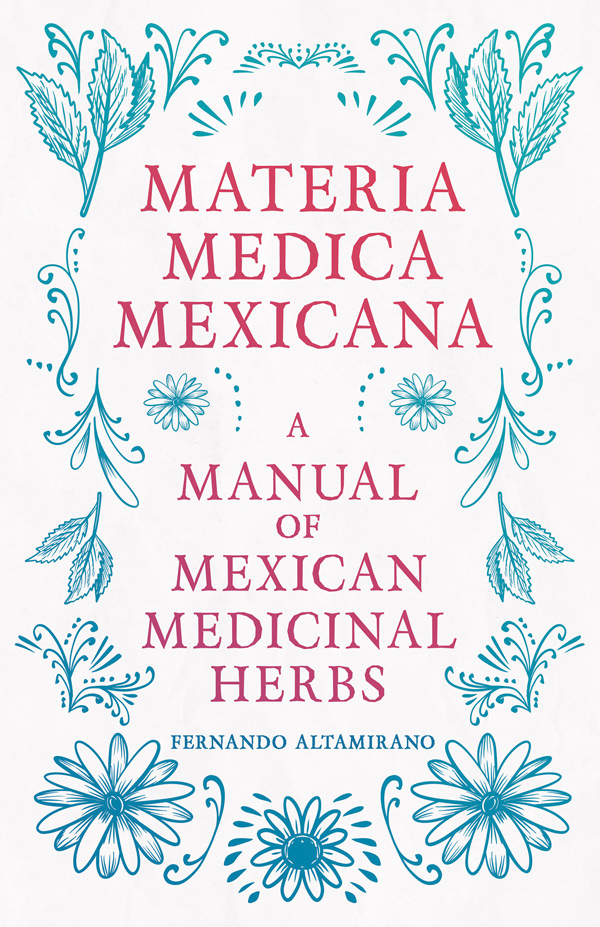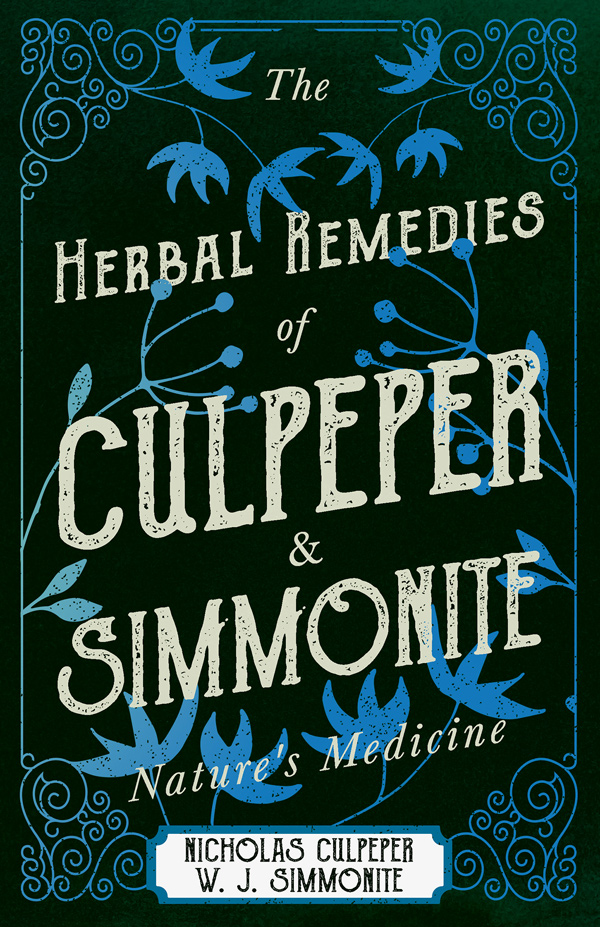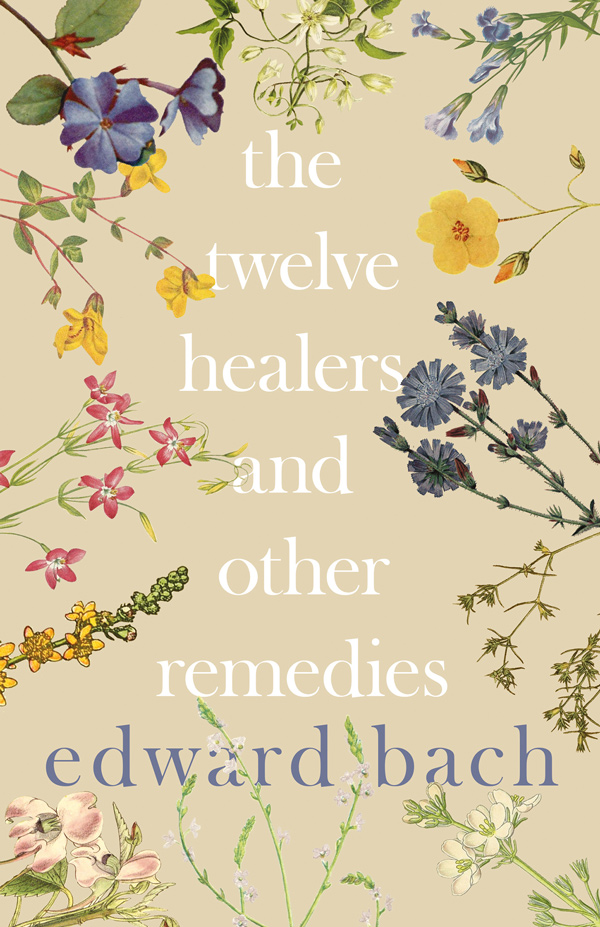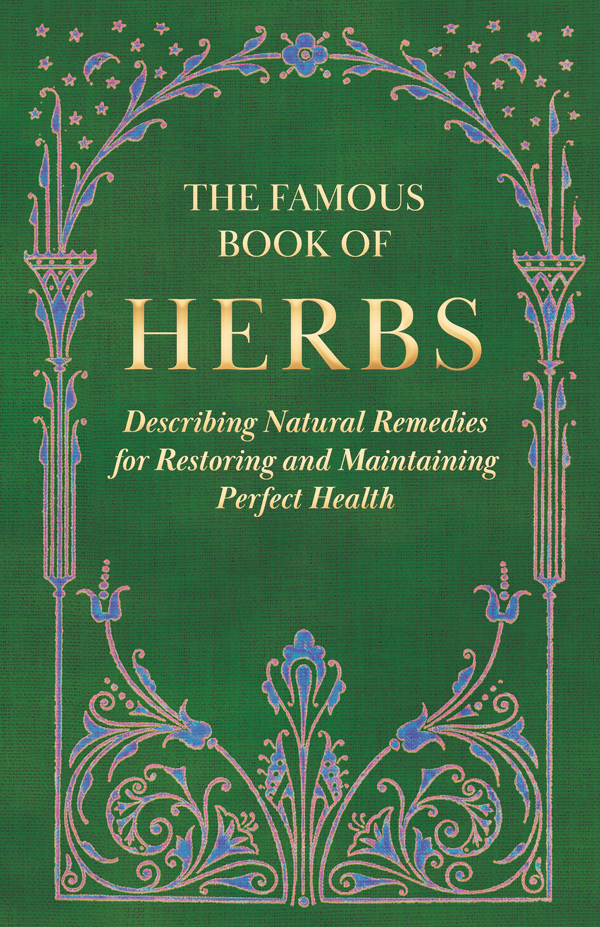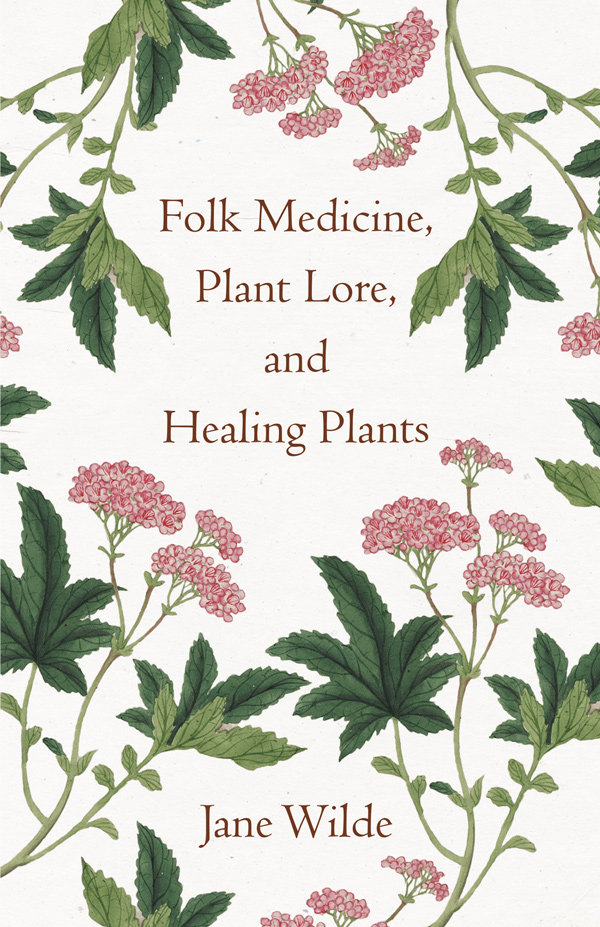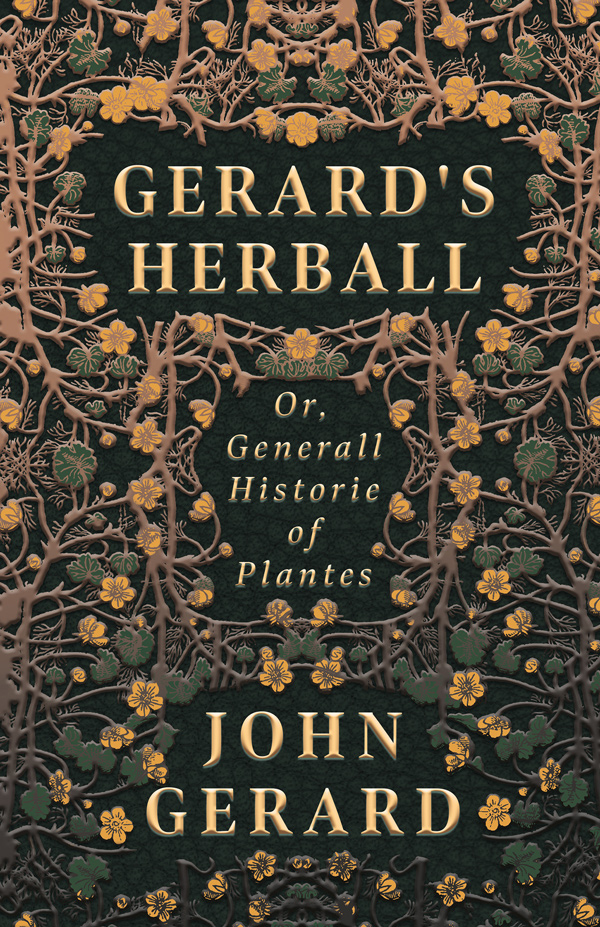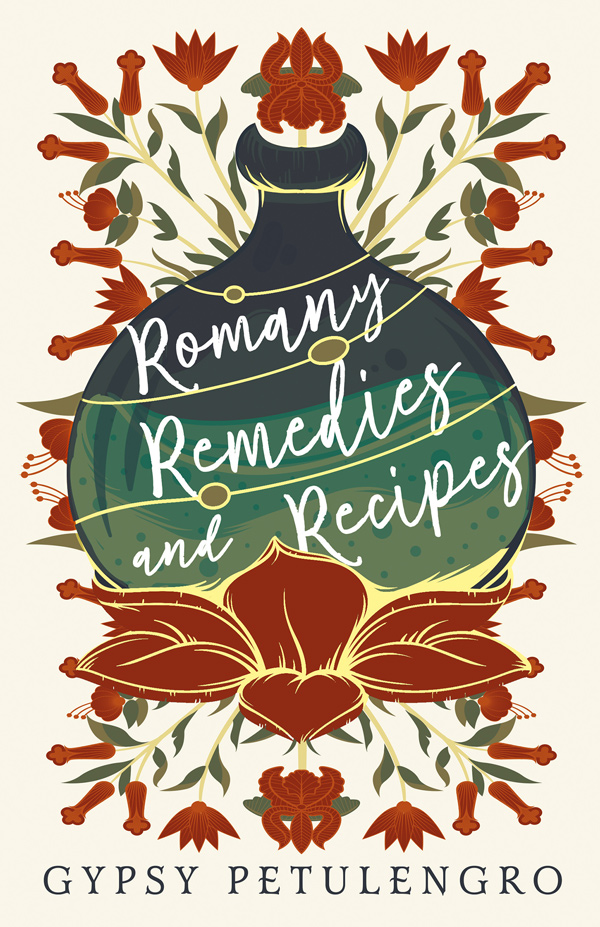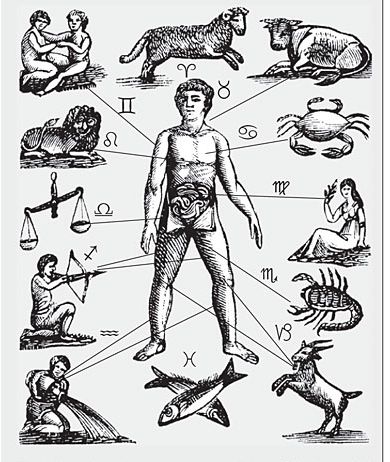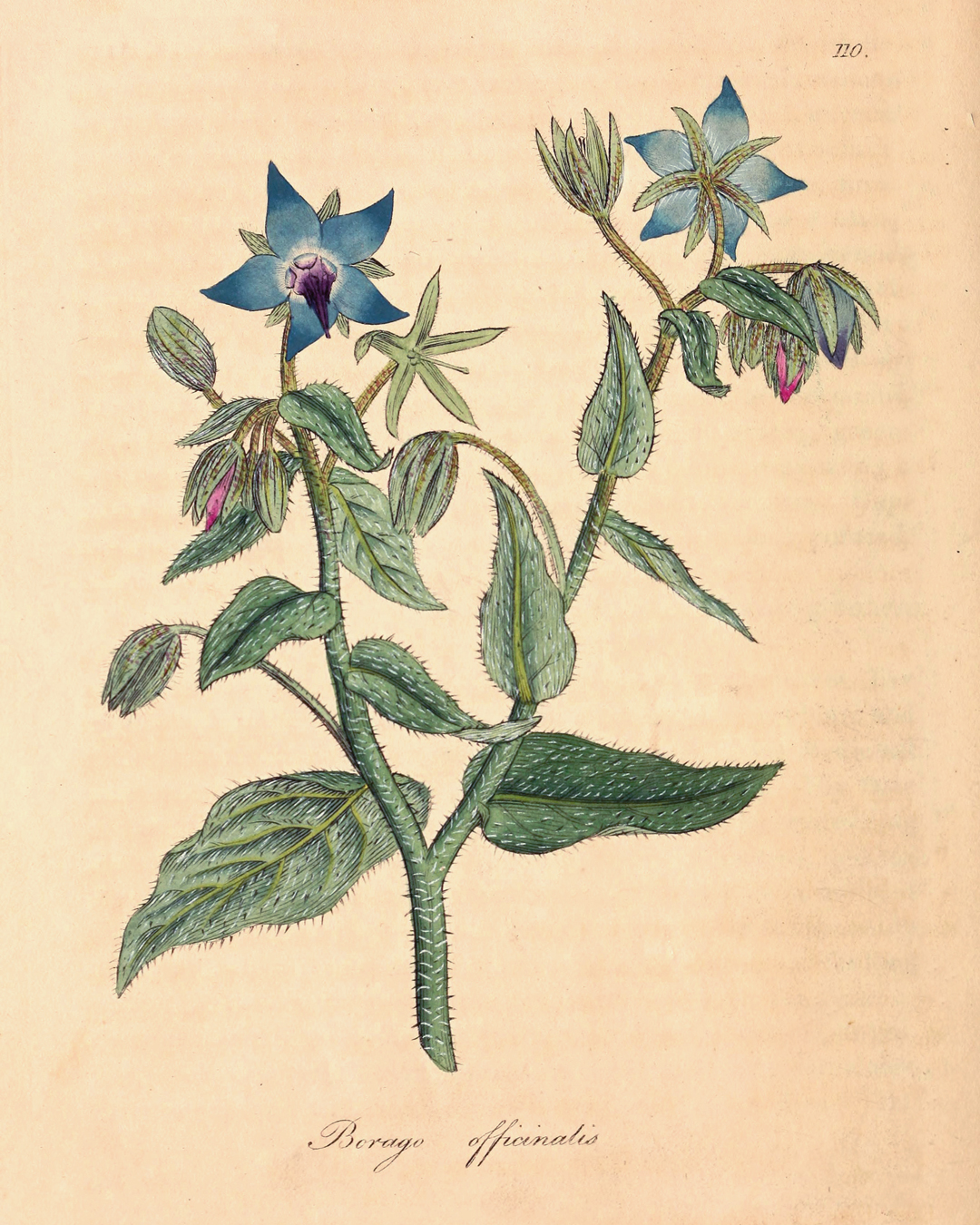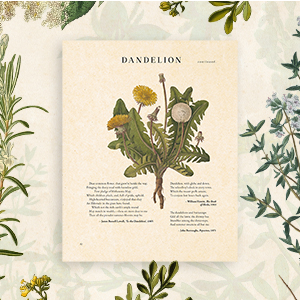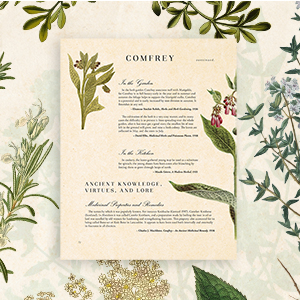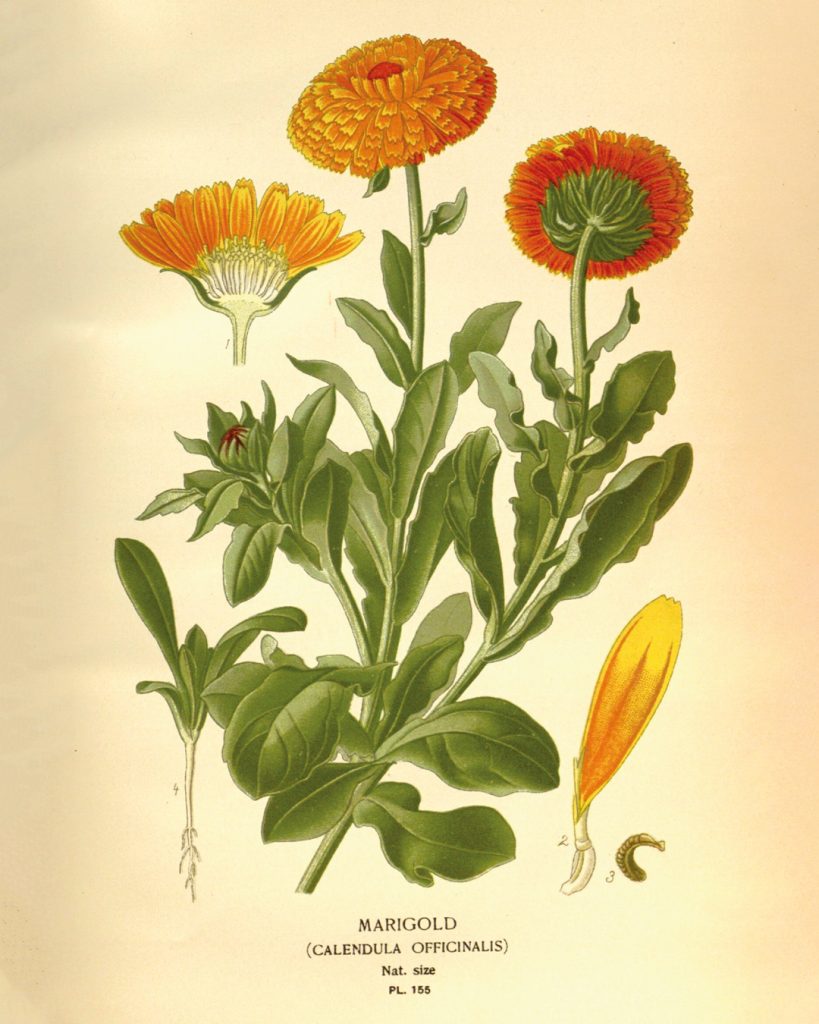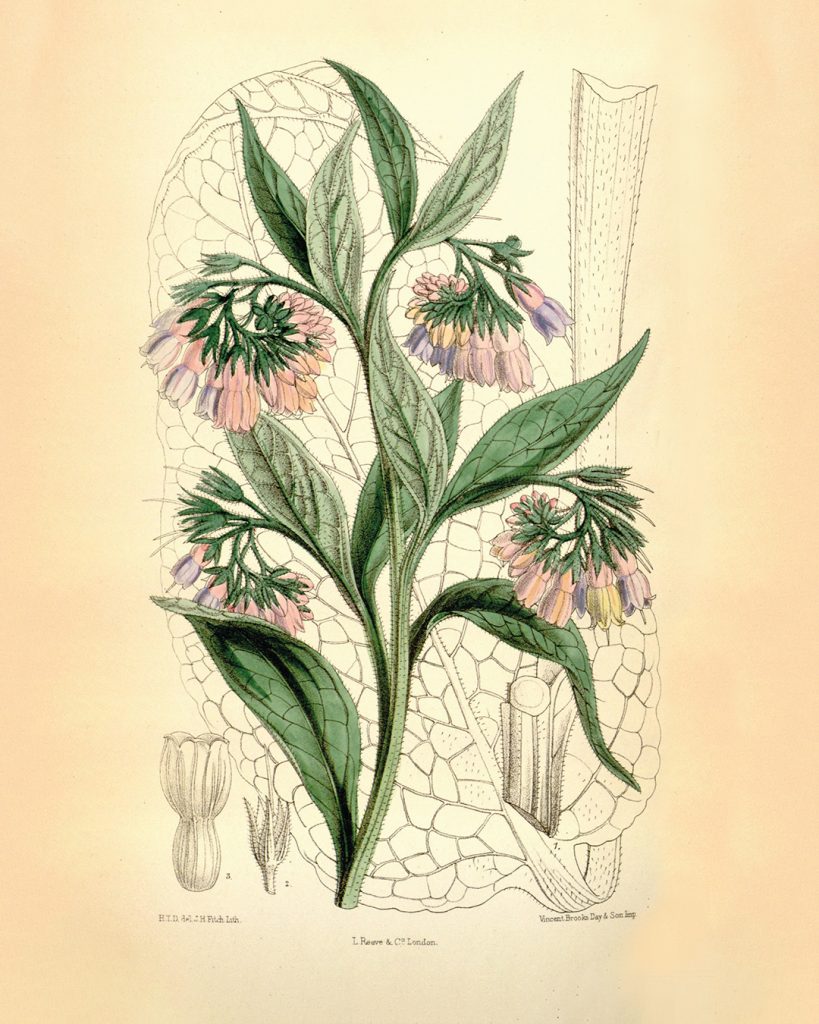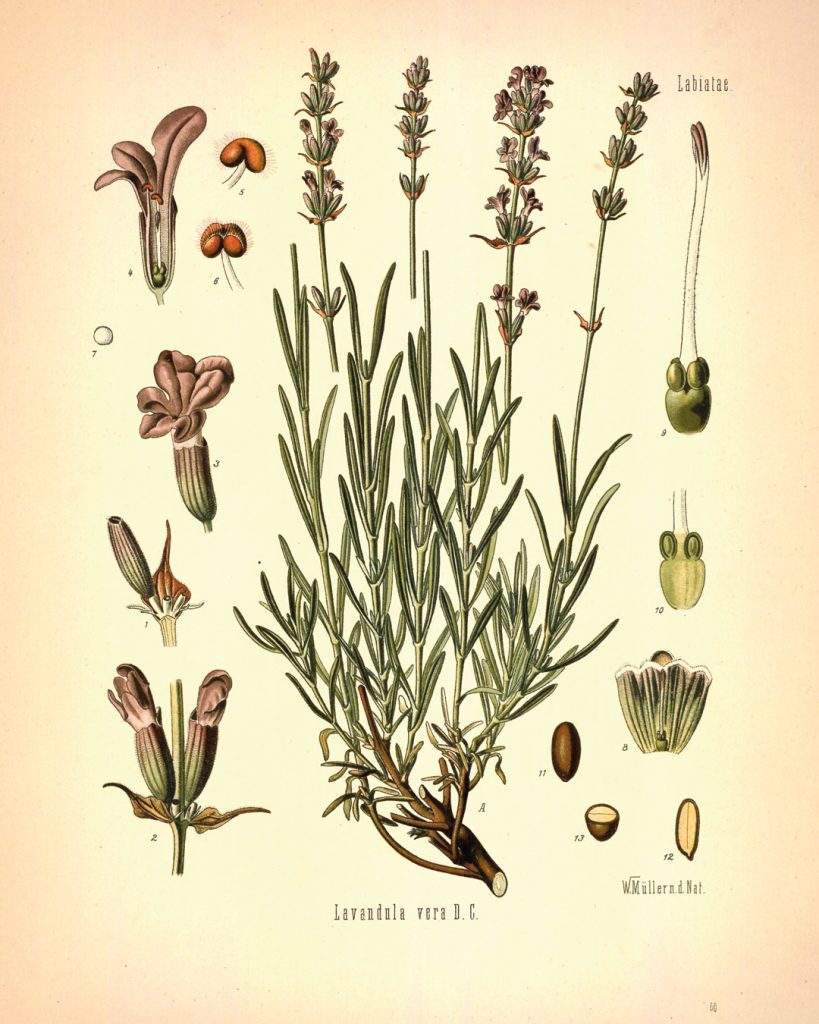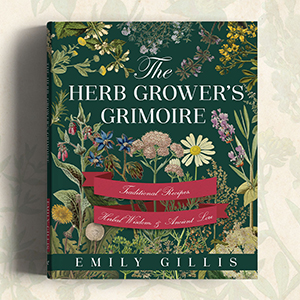Discover The Herb Grower’s Grimoire, a carefully curated volume of lost herbal knowledge, folklore, and ancient wisdom for thirty of the most common garden herbs.
By blending the practical with the whimsical and often romantic, this book offers a unique look at the landscape of ancient herbalist practice. Its pages bring to light each herb’s forgotten stories while providing hands-on advice for applying older herbal knowledge in a contemporary setting.
Table of Contents
The Herb Grower’s Grimoire
Split into two sections, the first half of The Herb Grower’s Grimoire delves into the history of herbs, covering subjects such as herbs in cooking, medicine, magic, and astrology, as well as how to plant, grow, harvest, and store herbs for such purposes. You will find a list of common herbs and plants in the second half. Under each, key botanical information is listed, along with practical advice on growing and gathering. Details of culinary properties and medicinal and magical virtues have been collated, as well as ingots of folklore, herbal charms, and legends specific to each herb.
What Is a Grimoire?
Although the volume is not solely dedicated to magical practice, the titular term ‘grimoire’ is an intrinsic expression of the collected wisdom held within The Herb Grower’s Grimoire. A grimoire is defined as a spell book or textbook of magic taken from the old French grammaire. The term once referred to all books written in Latin; however, by the eighteenth century, it had evolved to define texts on magic and later became a figure of speech to describe something hard to understand, often with ties to the occult.
While the lore of herbs is intrinsically linked to mystical and esoteric practices, there also lies magic in the timeless methods of cultivating, gathering, and harvesting herbs. The unmistakable lure of the garden and the joyful act of growing from seed or cutting can be as enchanting as the charms, remedies, and beliefs that infuse herbalism itself.
‘It is impossible to describe to one who does not feel by instinct “the lure of green things growing” the curious stimulation, the sense of intoxication, of delight, brought about by working among such green-growing, sweet scented things.’
— Alice Morse Earle, Old Time Gardens, 1901
The History of Herballs
Planting, growing, and gathering herbs has been a common practice for centuries, with gardens artfully tailored to produce a myriad of herbs for personal use. Many of our common herbs were once abundantly harvested for their properties, often utilised for medicinal, nutritional, and even magical virtues.
While such a holistic method of harnessing the power of herbs may have been forgotten in the modern age, the enchanting natural lore at the heart of herbalist practice is preserved in books left unread and in the stories passed from generation to generation.
If we turn to the fifteenth, sixteenth, and seventeenth centuries, often regarded as the great ages of herbal remedies, we can find a wealth of knowledge that helped form modern ideas around herbal practice. Two cornerstone herbals in the English language, John Gerard’s The Herball; or, Generall Historie of Plantes (1597) and Nicholas Culpeper’s The English Physician Enlarged (1653), forged the landscape for traditional herbal healing among the masses. They delivered insightful information on the uses of herbs for healing in an artful blend of conventional medicine, astrology, magic, and folklore.
Explore Herbals and Herb Books in the Shop
Ancient Herbals in Medicine
Ancient physicians such as Dioscorides and Galen outlined the medicinal uses of herbs in the Doctrine of Signatures, established around 200 AD. This theory states the specific healing purposes of each plant and proposes that the shape of a herb is directly linked to a corresponding body part that shares a similar form. For example, the heart-shaped mint leaves were believed to treat cardiovascular issues, while lung-shaped plants like sage and comfrey were applied for pulmonary complaints.
Much of the knowledge compiled in the old herbals was gathered from ancient writings like those of Pliny the Elder (Roman author and naturalist philosopher), Dioscorides, and Galen. They were heavily referenced throughout the centuries, forming the basis of modern herbal knowledge. As Gerard writes in his 1653 work, ‘The leaves and flowers of Borrage put into wine make men and women glad and merry, driving away all sadness, dullness, and melancholy, as Dioscorides and Pliny affirm.’
The Herb Grower’s Grimoire draws on these elders and collects the knowledge in a new volume to be used once again.
Herbalism and Astrology
Ancient herbalists assigned herbs to specific planetary rulers based on their unique attributes and growing seasons, and as seen in Culpeper’s work, the herbs gained the properties and characteristics associated with those planets, which were also considered when administering herbs for health. Astrological factors influenced the medicinal remedies further through the linkage of the twelve signs of the zodiac to specific body parts. This practice dates back to as early as the 1300s, and the use of a standard image known as the ‘Man of Signs’ illustrated these associations. Commonly found on the pages of almanacks and herbals alike, the image depicts the body of a man, displaying the twelve astrological signs and their correlating body parts.
This underlying current of celestial influence weaves its way throughout herbalism, with many of the core understandings being based on folkloric beliefs of higher powers. Established centuries before modern medicine, these ideologies forged the foundation of herbal medicine, although the remedies often, and unsurprisingly, fell short of their promise.
Myths, Legends, and Herbal Charms
Since the fifteenth-century herbals, practical remedies have been woven with myths and legends from ancient Greece, superstitions and charms from days gone by, as well as herb-specific planting rituals and growing advice from across the globe. This sense of the supernatural infusing the herbalist practice has been present since immemorial. From being worn as amulets, offering protection and good fortune to the wearer, to being used as key ingredients in spells and rituals, herbs have been used in magical and spiritual practices.
While they can vary from culture to culture, there remains a common belief that certain herbs carry unique energies and powers. Writing of rue in A Modern Herbal (1913), Maude Grieve speaks of how it was regarded by the ancient Greeks as an ‘anti-magical herb’, as it failed to treat nervous indigestion felt before meeting strangers, which they attributed to witchcraft.
Many of the old notions of herbal magic may now seem overtly romantic, such as pinning bay leaves to the four corners of a pillow in the hope of dreaming of a future beloved, there are elements of mystical beliefs that remain. Garlic was once believed to be an effective repellent of dark magic. It was commonly hung up in households as a protective amulet, similar to garlic bulbs being worn to ward off vampires in modern literature.
The Herb Grower’s Grimoire includes many of the remedies and charms featuring herbs as vital ingredients, yet omits some of the more obscure beliefs, cures, and spells from past centuries as they are now unbefitting for the modern age. The following medicinal remedy from Pliny’s Natural History (c. 77 AD) prescribes nettle seeds ‘taken in the broth of a boiled tortoise’ as an antidote for salamander and serpent bites, henbane poison, and scorpion stings. Even more arcane, and not included in the volume for obvious reasons, is the Welsh belief that a human skull, grated like one would the root of ginger and mixed with a liquid, was believed to be a sufficient remedy against fits.
When placed in a contemporary context, such treatments highlight the folkloric heart of the herbalist practice, and while many of them may seem ridiculous to today’s reader, these remedies and spells held real gravitas in an age before modern medicine and science.
Planting, Gathering, and Picking Ceremonies
Just as elements of ancient herbal knowledge endure, so do some of the primordial methods of sowing, cultivating, and harvesting herbs. Before the days of horticultural science, when herbology was at its most popular, many gardeners established their techniques around the natural cycle of the Earth and her seasons, turning again to planetary forces for guidance.
One unique gardening style suggested that growing herbs according to the moon’s lunar cycle would help increase the quality and growth of the garden’s bounty. As James George Frazer writes in The Golden Bough (1911), ‘In various parts of Europe it is believed that plants (…) cut while the moon is on the increase, will grow again fast, but that if cut while it is on the decrease they will grow slowly or waste away.’ While growing by the moon may seem to some a whimsical method, modern science has proven the influence of the moon’s cycle on the push and pull of water on Earth, with many gardeners harnessing its powers in their planting calendar. Much like the tides, the moon’s energy affects the movement of water beneath the soil’s surface, bringing but also taking away water from the roots of plants, with the ability to both aid and harbour growing success.
The influence of higher powers was believed to affect not only the planting of herbs but also the harvesting, drying, and administering processes. Since the days of Odin, picking ceremonies have permeated the methods of herbalist practice, being closely intertwined with broader religions and belief systems. Ancient traditions of gathering herbs for noble purposes involved the worship of the Earth and of gods and goddesses of nature.
Later, prayers and picking ceremonies were incorporated into these practices, often with the intention of renouncing the devil and dark forces. There was an Irish belief that some herbs became malefic if broken by hand, becoming prime ingredients for those practising dark magic. It was also believed that others held sacred healing properties if they were gathered on May Day and picked in the name of the Holy Trinity.
Many of the rituals and ceremonies for gathering herbs in The Herb Grower’s Grimoire focus on the magical effects of higher powers on the plants’ virtues. At the same time, the physical act of harvesting in season is dictated by the growing cycle of each, and with the cultivation of herbs being a fundamental part of the holistic cycle and application of herbalism, it is essential to include the long-established traditions and advice on creating and nurturing a thriving herb garden.
Herbs in the Kitchen
We must remember that one of the core fundamentals of the herb garden was to provide sustenance for the household above all else, with herbs grown abundantly in kitchen gardens. They have been used in cooking and recipes across the globe for centuries, threading their way through the core of the world’s cuisines and cultures. Herbs are commonly applied to season and elevate dishes, whether picked fresh or dried, and they often provide added nutritional benefits.
Preserving Forgotten Herbal Wisdom
Mapping the intrinsic ties herbs have with the history of human culture through their botanical, medicinal, astrological, and folkloric virtues, herbalists have harnessed the appeal of the natural world and all the wonders it beholds.
The Herb Grower’s Grimoire is a rich resource for even the most amateur gardener, detailing aspects of traditional gardening to establish and nurture an abundant and beneficial plot. In this book, each herb is accompanied by practical growing advice for the modern garden, along with its planting and harvesting months, companion plants, and recipes for use in the kitchen.
The curious history of herbs will spark intrigue for centuries to come, and the mindful cycle of planting, growing, eating, and utilising herbs for their properties will continue. We hope The Herb Grower’s Grimoire of forgotten herbal wisdom, recipes, and folklore will act as another stepping stone in preserving and passing on this indispensable knowledge from one generation to the next. With any luck, the stories of these herbs will live on long after we are gone.

